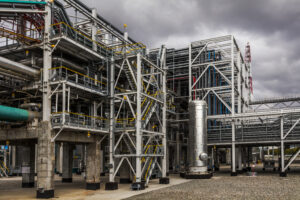In a year defined by shifting interest rates and cautious optimism, many investors are asking the same question: What are the best ASX shares to buy now? With global uncertainty still weighing on markets, the Australian stock market stands out for its mix of resilience and opportunity. From high-quality dividend stocks to agile small caps with real upside, there’s plenty to watch.
This list draws on the latest available FY25 financial results and forward-looking FY26 forecasts from company reports and market analysts to identify strong opportunities on the ASX. The companies worth backing in 2025 are those with strong earnings, stable cash flows, and a clear growth path. Here’s our take on the top-performing ASX stocks and how to identify the right ones for your portfolio.
Why Invest in ASX Shares in 2025?
The ASX (Australian Securities Exchange) remains one of the most dynamic equity markets globally. It’s home to small-cap stocks with explosive growth potential, blue-chip stocks with reliable dividends, and niche players capitalising on structural megatrends.
As central banks globally tread cautiously, Australia finds itself in a sweet spot of moderating inflation and steady employment, giving the Reserve Bank of Australia (RBA) room to adjust interest rates with more flexibility. That’s good news for stock investing, especially in sectors like tech, consumer, and infrastructure, which are typically rate-sensitive.
In our view, many investors are pivoting to ASX shares as a hedge against global volatility and a play on regional themes like commodity prices, housing recovery, and digital transformation.
Current Market Trends in Australia
The Australian stock market in 2025 is being reshaped by powerful macro and sector-specific trends. Investor interest remains high in growth stocks, particularly those linked to AI, data analytics, and automation. These businesses are showing solid revenue growth and scalability, key traits for those with a long-term perspective.
Meanwhile, dividend stocks in utilities and financials continue to attract long-term investors seeking income stability, while healthcare and consumer staples have proven to be recession-resistant during recent market uncertainty. Notably, small companies with disruptive models are outperforming larger players, offering strong potential upside to those willing to back them early.
There’s also growing use of exchange-traded funds (ETFs) and fractional shares, giving investors exposure to many stocks without needing large capital. However, caution persists; mineral resource stocks are under pressure from geopolitical risks and softer demand in China, impacting commodity prices and dragging down the share price of key exporters.
Get the Latest Stock Market Insights for Free with
Stocks Down Under & Pitt Street Research
Join our newsletter and receive exclusive insights, market trends, investment tips, and updates delivered directly to your inbox. Don't miss out!
The Risks of Investing in ASX Stocks in 2025
Investing in the Australian stock market always involves risk, and 2025 is no different. While the outlook is broadly positive, several challenges could impact even the best stocks.
Rising and unpredictable interest rates remain a key concern. Any sudden shift by central banks could pressure growth stocks that rely on future earnings for their valuation. Similarly, persistent recession fears in major global economies could influence demand for Australia’s mineral resources, sending ripples through sectors tied to commodity prices.
We’ve also seen increased volatility in small-cap stocks, especially those in the early stages of growth. While these can offer strong potential upside, their share price tends to move more sharply than larger, more stable companies.
Understanding your financial situation and risk tolerance is crucial. In our view, investors with a long-term perspective, supported by a sound investment strategy, are best positioned to ride out uncertainty and stay focused on future results.
How to Start Investing in ASX Stocks?
For beginner investors, a good starting point is setting up a brokerage account with platforms like CommSec, SelfWealth, or Stake, providing access to Australian shares and investment diversification. Investors can purchase stocks, utilise research resources, and track market trends. Selecting stocks requires thorough research, including a fundamental analysis of a company’s financial health, historical performance, and earnings. Many investors prefer dividend stocks, which pay regular dividends for consistent cash flow.
A well-structured investment strategy should create a diversified portfolio, balancing growth stocks, value stocks, small caps, and dividend stock investments. Investors should consider both short-term opportunities and long-term potential, factoring in valuation, sector trends, and economic conditions when selecting ASX stocks. ETFs and mutual funds are alternative ways to gain broad market exposure without picking individual stocks.
Fractional shares are a great option for those with limited capital, as they allow small investments in expensive stocks. While penny stocks can be tempting due to their low share prices, they also carry higher risks and uncertain returns. Recession-resistant stocks are also a solid option for long-term investors who are willing to hold through economic downturns. By monitoring price performance, market trends, and quarterly earnings reports, investors can navigate the market effectively. Unlike short-term traders, long-term investors often have the peace of mind to plan their strategy for the year ahead, focusing on financial performance, risk appetite, and market research.
How to Pick The Best Shares To Buy Right Now
Your investment strategy should combine fundamental analysis with market insight to uncover the best stocks to buy, not just for now, but for the foreseeable future.
Choose companies with consistent earnings, strong cash flows, and solid profit margins. Firms that post beats in the first quarter and maintain upward momentum often signal operational excellence. At the same time, assess whether a company operates in a growing sector or risks being impacted by market falls.
Balance value stocks with high-quality expensive stocks backed by innovation, and always consider risk tolerance before selecting picks, especially among penny stocks and small-cap stocks in the early stages of growth. Your goal should always be to build a diversified portfolio that performs across cycles, avoiding overreliance on past performance while focusing on forward indicators and future results.
Ultimately, look for good stocks that offer more than just hype, stocks with a proven track record, clear earnings visibility, and the resilience to thrive in today’s complex market.
10 Best ASX Shares to Buy Now in 2025
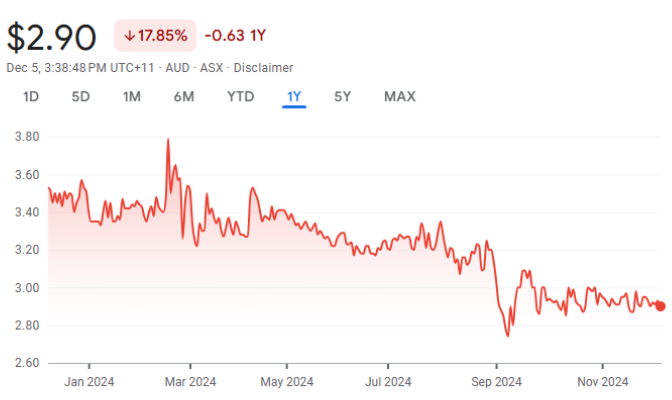
Objective Corporation (ASX:OCL)
Objective Corporation (ASX: OCL) has steadily emerged as one of the best shares to buy right now for investors seeking consistent returns with lower risk. Specialising in enterprise content management software..
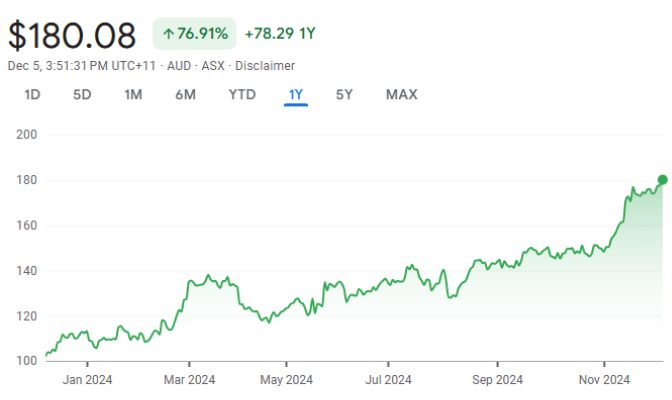
Xero (ASX:XRO)
As one of ASX’s flagship growth stocks, Xero (ASX: XRO) continues to be a favourite among long-term investors aiming to tap into global tech themes. This cloud-based accounting platform has successfully..
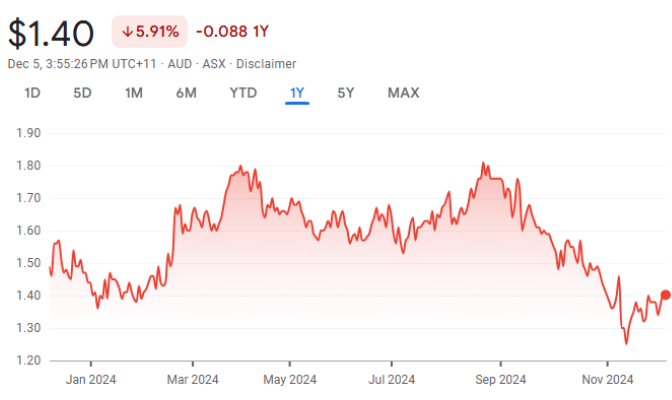
Propel Funeral Partners (ASX:PFP)
While not as flashy as tech or mining, Propel Funeral Partners (ASX: PFP) offers something many long-term investors value: stability. As the second-largest funeral services provider in Australia and New Zealand..
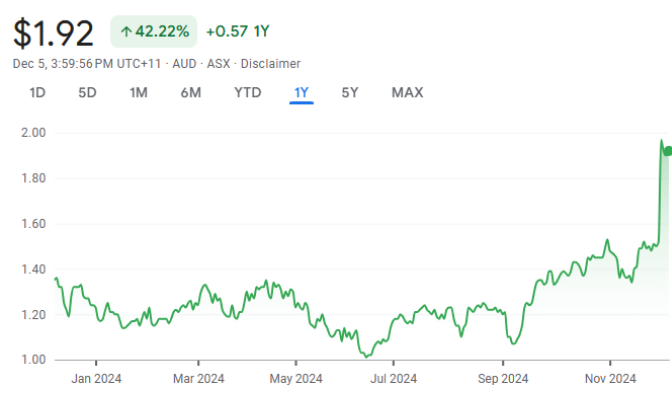
Capricorn Metals (ASX:CMM)
Turning to the mining and resources sector, Capricorn is one of our favourites. It is exposed to gold, the hottest commodity right now, and its flagship Karlawinda Gold Mine is a 120,000/oz per annum gold mine that will last another 10 years. It is hoping to open a second gold mine, at Mt Gibson, that will be a 150koz producing mine and has an NPV of A$828m.
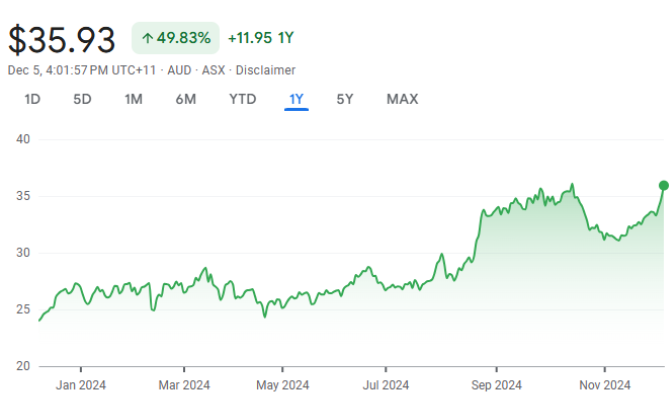
Breville (ASX: BRG)
Breville is a premium kitchen appliances business with a presence in Australia, Europe and the Americas. It was founded in 1932 – founded from capital obtained from a successful 4-to-1 bet at the 1932 Melbourne Cup. Breville sells over $1.5bn in goods each year in over 100 countries globally and caters to middle to higher income earners. It is headquartered in Sydney, has manufacturing facilities in China and regional offices in key markets.

Reliance Worldwide (ASX:RWC)
Reliance is a plumbing supplies company that is the largest manufacturer of PTC (Push to connect) behind the wall plumbing fittings. Reliance Worldwide’s flagship product is the Sharkbite range of brass push-to-connect fittings (as pictured below). These devices avoid the traditional soldering of parts into place, saving plumbers time.
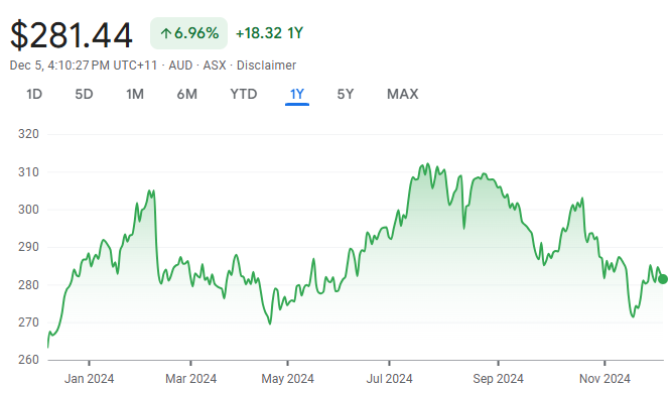
CSL (ASX:CSL)
CSL (ASX:CSL) is the ASX's largest healthcare companies and one of the very few that is capitalised at over $100bn. It is best known for its flu vaccines and blood plasma businesses but has other products too and undertakes major R&D work. CSL has promised investors to expect double digit (percentage) earnings growth for the rest of the 2020s.
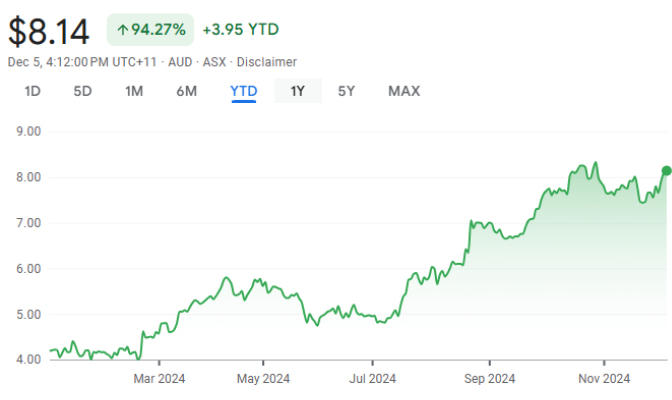
Universal Store (ASX:UNI)
Universal Store is a chain of casual fashion stores aimed at Millennial and Gen Z customers (think 18-35 year olds). Universal Store has 79 stores across Australia, which tend to be in major shopping centres, as well as a further 20 or so stores exclusive for particular brands like Perfect Stranger, and the group makes 14% of its sales online.

Austal (ASX:ASB)
Austal (ASX:ASB) is a ship builder with facilities in Australia and America. In a market looking for stocks that could benefit from Donald Trump's protectionist policies, this could well be a sure bet. It is building over 50 ships right now and is building up its facilities to cater for further growth.
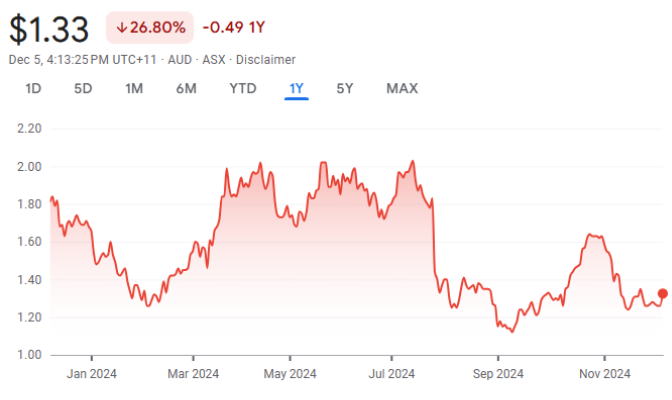
Pexa (ASX:PXA)
Pexa has a monopoly over the Australian conveyancing market and has rode the wave of rising Australian property prices. It has upside left because it has expanded its offerings into further tools for property buyers and it has aspirations to expand into the UK, a market thrice as large as Australia.
10 Best ASX Shares to Buy Now in 2025
FAQs on Investing in Best Shares to Buy in Australia
The best stocks to buy depend on your risk tolerance, financial goals, and investment strategy. CSL, Xero, Bellevue Gold, and other promising stocks are worth considering for their solid market positions and potential growth. Always conduct thorough research before making any decisions.
Our Analysis on ASX Stocks
ASX Gambling Stocks: How the Australian Market Works
The Australian Securities Exchange (ASX) has become one of the most active and diverse financial marketplaces in the Asia-Pacific region,…
ASX Gold Stocks Surge on Fed Rate Cut: Buy ASX Miners or Take Profits?
ASX Gold Stocks: Profits Surge After Fed Rate Cut Gold surged past US$4,300 per ounce on Friday, testing the record…
Nickel Industries (ASX: NIC) Surges on Quota Approval: Is This Beaten-Down Stock a Buy?
Nickel Industries Gains Quota Approval: What’s Next for Investors? Nickel Industries (ASX: NIC) finally has the green light investors have…
ANZ (ASX:ANZ) Sued by Former CEO Over $13.5m Bonus Cuts: Is 4.7% Yield Worth the Risk?
ANZ Group Holdings (ASX: ANZ) finds itself in an unusual position today. Former CEO Shayne Elliott has launched legal action…
Disney Bets Big on AI, Investing US$1B in OpenAI Partnership
DIS Joins the AI Race With a US$1B Stake in OpenAI Walt Disney (NYSE:DIS) announced a landmark partnership with OpenAI…
Hazer Group (ASX:HZR) Secures MOU to Power Whyalla’s Green Steel Ambition
Hazer Signs Binding MOU, Moving Closer to Commercial Hydrogen Deployment Hazer Group (ASX:HZR) announced a binding MOU that pushed the…
Get in touch
contact@stocksdownunder.com





